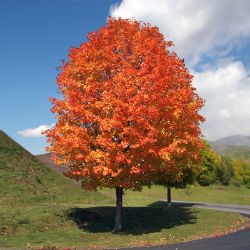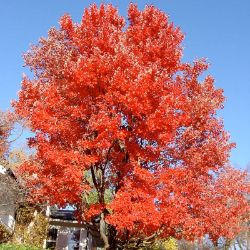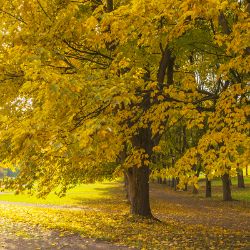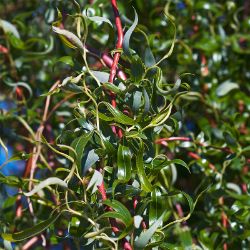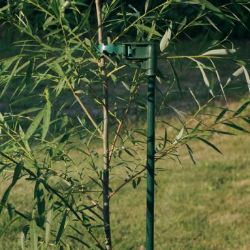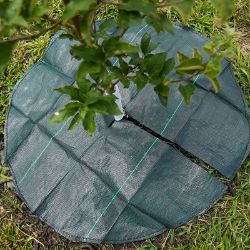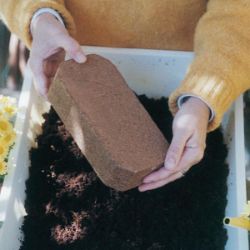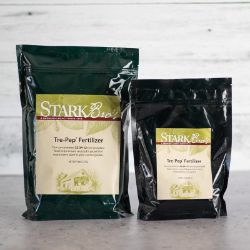Soil Preparation for Shade Trees
Preparing your soil before you plant will greatly improve your plant’s performance and promote healthy, vigorous growth. It is a good idea to have your soil tested to determine if it is lacking in any essential minerals and nutrients. This can be done through your County Extension Office or with one of our digital meters.
The goal of soil preparation is to replenish vital minerals and nutrients, as well as break up and loosen any compacted soil.
NOTE: This is part 5 in a series of 10 articles. For a complete background on how to grow shade trees, we recommend starting from the beginning.
When To Prepare Your Soil
Soil preparation can be done at any time that the ground is not too wet or frozen. Your trees may be planted even when temperatures are quite cool. If a hard frost is expected, it is advisable to delay planting for a while until temperatures become more moderate. Generally, as long as your soil is workable, it is fine to plant.
How To Prepare Your Soil
- Roots grow faster when they’re spread out. Dig the hole deep and wide enough so the root system has plenty of room to easily expand. Keep the topsoil in a separate pile so you can put it in the bottom of the hole, where it’ll do the most good.
- To loosen the soil, mix dehydrated cow manure, garden compost or peat moss (up to 1/3 concentration) into your pile of topsoil. Make sure the peat moss you get is either baled sphagnum or granular peat. You can also add our Coco-Fiber Potting Medium or 2 or more inches of organic material and work in evenly with the existing soil.
Your lawn can provide you with ideal organic materials such as grass clippings and shredded leaves. Not only will the grass and leaves break down to provide soil nutrients, but they will help loosen the soil as well. You can gather these in the fall with spring planting in mind.
Common soil amendments:
- compost
- sand
- manure
- lime
- peat moss
Adding organic materials, such as our Coco-Fiber Potting Medium and compost will improve most every soil type. Organic materials bind sandy soil particles so they retain moisture and nutrients better. They also break apart clay and silt particles, so that water can infiltrate and roots can spread.
Soil Types
- Clay and silt soils are made of very small particles. They feel slick and sticky when wet. Clay and silt hold moisture well, but resist water infiltration, especially when they are dry. Often puddles form on clay or silt soils, and they easily become compacted.
- Loam soil is a mix of sand, silt or clay, and organic matter. Loam soils are loose and look rich. When squeezed in your fist, moist loam will form a ball, which crumbles when poked with a finger. Loam soils normally absorb water and store moisture well. Loam soils can be sandy or clay based, and will vary in moisture absorption and retention accordingly.
- Sandy soils contain large particles that are visible to the unaided eye, and are usually light in color. Sand feels coarse when wet or dry, and will not form a ball when squeezed in your fist. Sandy soils stay loose and allow moisture to penetrate easily, but do not retain it for long-term use.













